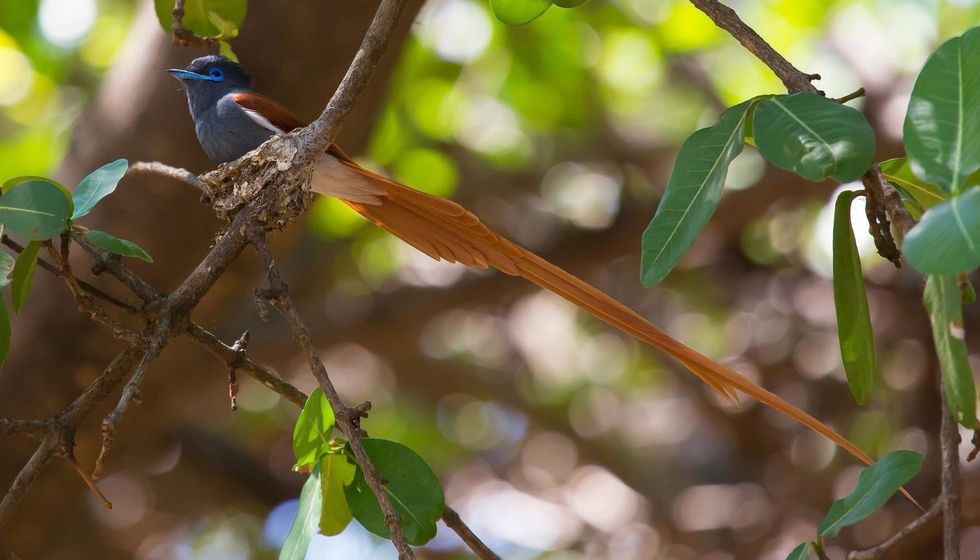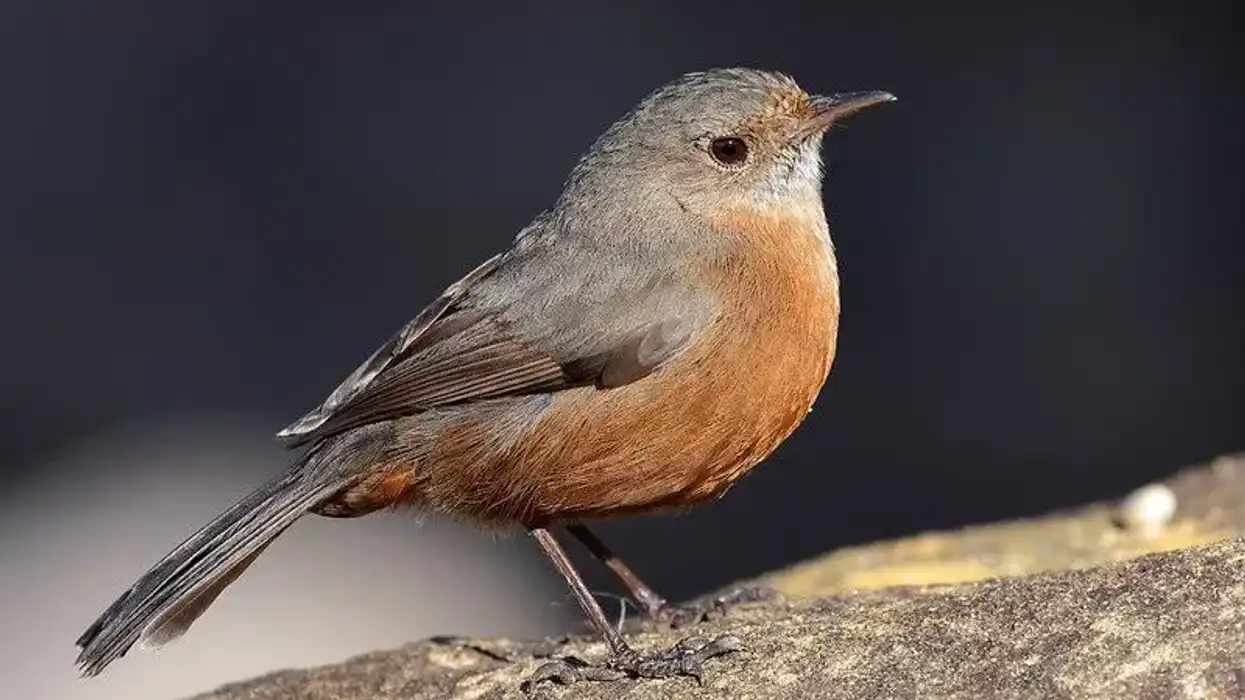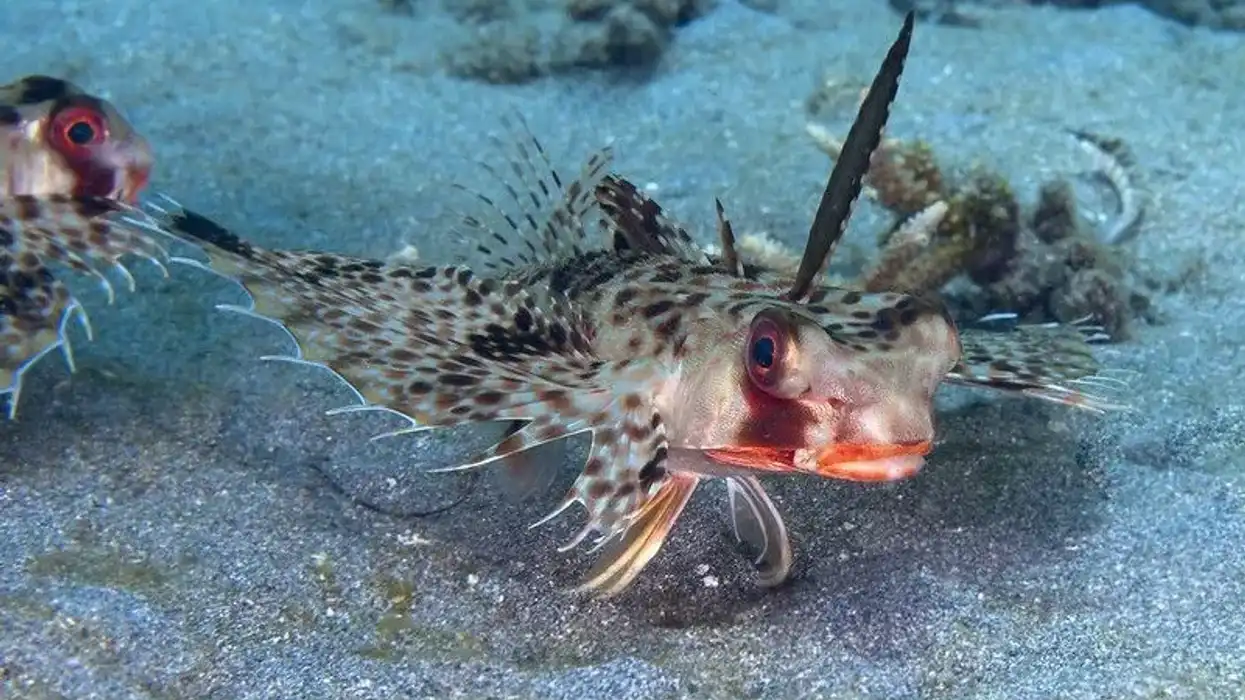The Japanese paradise flycatcher (Terpsiphone atrocaudata) belongs to the family Monarchidae and the range of this bird includes Japan, Taiwan, South Korea, and also the north Philippines. Breeding happens in most of the Japan-Korea range.
It is also sometimes called a black paradise flycatcher. These birds are known to be non-breeding visitors to China, Hong Kong, Russia, Thailand, Vietnam, Laos, Malaysia, Indonesia, Sumatra, and Singapore. Their habitat consists of mature and shady deciduous, as well as, evergreen forests.
The reproduction system of these birds is known to be monogamous and females are known to select the males based on their tail length. The nest of this bird is cup-shaped and is placed on a branch or a twig.
The pair are known to share responsibilities, but not equally. Adult males have a black-colored hood with blue-purplish gloss while the underparts are known to be whitish or off-whitish in color.
Most parts of their body are known to be chestnut colored. It lacks a white morph.
The females look like males but are duller or lighter in their plumage. The tail of this bird is long, and the feet and legs are black in color. The diet of these birds generally consists of insects.
The conservation status of this species is Near Threatened. There are three subspecies of this bird that have been recognized.
It is quite gripping to know about this species, that is the Japanese paradise flycatcher, and if you are interested, read about the hyacinth macaw and toco toucan, too.
Japanese Paradise Flycatcher Interesting Facts
What type of animal is a Japanese paradise flycatcher?
The Japanese paradise flycatcher is a bird.
What class of animal does a Japanese paradise flycatcher belong to?
The Japanese paradise flycatcher (Terpsiphone atrocaudata) belongs to the class of Aves of birds.
How many Japanese paradise flycatchers are there in the world?
The exact count of this flycatcher population has not been estimated.
Where does a Japanese paradise flycatcher live?
The distribution of the population of flycatchers is across Japan, Taiwan, South Korea, and also the North Philippines. They are known to be non-breeding visitors to China, Hong Kong, Russia, Thailand, Vietnam, Laos, Malaysia, Indonesia, Sumatra, and Singapore.
What is a Japanese paradise flycatcher's habitat?
These birds are known to breed in mature and shady deciduous and evergreen forests.
Who do Japanese paradise flycatchers live with?
These birds are known to migrate with their mates or alone during the breeding season.
How long does a Japanese paradise flycatcher live?
The exact lifespan of these birds is unknown.
How do they reproduce?
The reproduction system of these birds is known to be monogamous and is considered to be generally territorial but sometimes, it has been observed that these birds nest closely together and are also known to defend these nests from predators.
Females are known to choose a mate based on the tail length of the male – this is a type of sexual selection.
The Japanese paradise flycatcher nest is known to be placed on a twig or branch and is cup-shaped.
Placing of the nest is known to be done 3-10 ft (1-3 m) off the ground. It has been observed that these birds are quite conspicuous or noticeable when a male with a very long tail is incubating.
What is their conservation status?
This species, the Japanese paradise flycatcher (Terpsiphone atrocaudata), is placed under the Near Threatened category of conservation status.
Japanese Paradise Flycatcher Fun Facts
What do Japanese paradise flycatchers look like?
Adult or mature males of this species are known to have a black hood along with a blue-purplish gloss, which is known to shade into the chest as blackish-gray. The underparts of the body are known to be whitish in color.
Most of the parts – like the mantle, rump, wings, and back – are dark chestnut colored. These adult males have very long central feathers which are black in color and these central feathers are shorter in a Japanese paradise flycatcher young ones or chicks, as well as, immature males.
This species is known to lack a white morph.
The females are known to be quite similar to the males but are paler or duller or lighter than the males, and darker on the chestnut areas. The bill of this species is known to be short and blue-colored.
The eyes of this species are known to be black and are surrounded by a blue eye ring. The legs and feet are also black in color.

How cute are they?
The Japanese paradise flycatcher (Terpsiphone atrocaudata) is not considered cute. Although its blue eye-ring is amazing to look at.
How do they communicate?
Just like other bird species, this bird is known to communicate by producing various sounds and calls.
How big is a Japanese paradise flycatcher?
The length of these birds ranges from 7.1-8.3 in (18-21 cm). This is the same size as a rose-breasted grosbeak.
How fast can a Japanese paradise flycatcher fly?
The exact speed of this flycatcher species is unknown.
How much does a Japanese paradise flycatcher weigh?
The weight of these birds ranges from 0.42–0.81 oz (12-23 g).
What are the male and female names of the species?
There are no specific names for a male and female of the species.
What would you call a baby Japanese paradise flycatcher?
There is no specific name for a baby Japanese paradise flycatcher but it is referred to as chick, young one, or juvenile.
What do they eat?
These species are known to primarily feed on insects such as beetles, flies, ants, spiders, butterflies, moths, and more. They tend to have various ways of foraging like hovering, sallying, gleaning, and also hawking from perches. These species are known to forage in the canopies which are high.
Are they poisonous?
This flycatcher is not poisonous.
Would they make a good pet?
These species would not make great pets as they are wild and migratory.
Did you know...
Three subspecies of this Japanese paradise flycatcher bird have been recognized, namely, Terpsiphone atrocaudata atrocaudata, Terpsiphone atrocaudata illex, and Terpsiphone atrocaudata periophthalmica found in Korea, Taiwan, Japan, Ryuku Islands, and Lanyu islands, respectively.
The two subspecies namely T.a. illex and T.a. periophthalmica were initially considered separate species.
The appearance of this species of flycatcher is often confused with Blyth's paradise flycatcher and Amur paradise flycatcher.
The Godjawal forest in South Korea is known to be an important breeding area or site for this species. This forest is known to be formed on rocky areas or regions of volcanic a’a lava.
Paradise flycatchers are known to be unique as some exaggerated traits can be spotted in promiscuous males and not in the monogamous ones.
This species is not Endangered but is listed as Near Threatened because of the loss of wintering habitats.
The genus Terpsiphone is known to have 17 subspecies.
Do Japanese paradise flycatchers migrate?
Yes, these species migrate in the breeding season and during the non-breeding season, they are visitors to China, Hong Kong, Russia, Thailand, Vietnam, Laos, Malaysia, Indonesia, Sumatra, and Singapore.
Why is it called paradise flycatcher?
The Japanese paradise flycatcher scientific name is known to be derived from ancient Greek and the meaning of 'terpsi' is 'to be delighting in' and 'phonos' refers to 'voice'.
Here at Kidadl, we have carefully created lots of interesting family-friendly animal facts for everyone to discover! Learn more about some other birds from our Amazon parrot facts and eastern kingbird facts pages.
You can even occupy yourself at home by coloring in one of our Japanese Paradise Flycatcher coloring pages.










